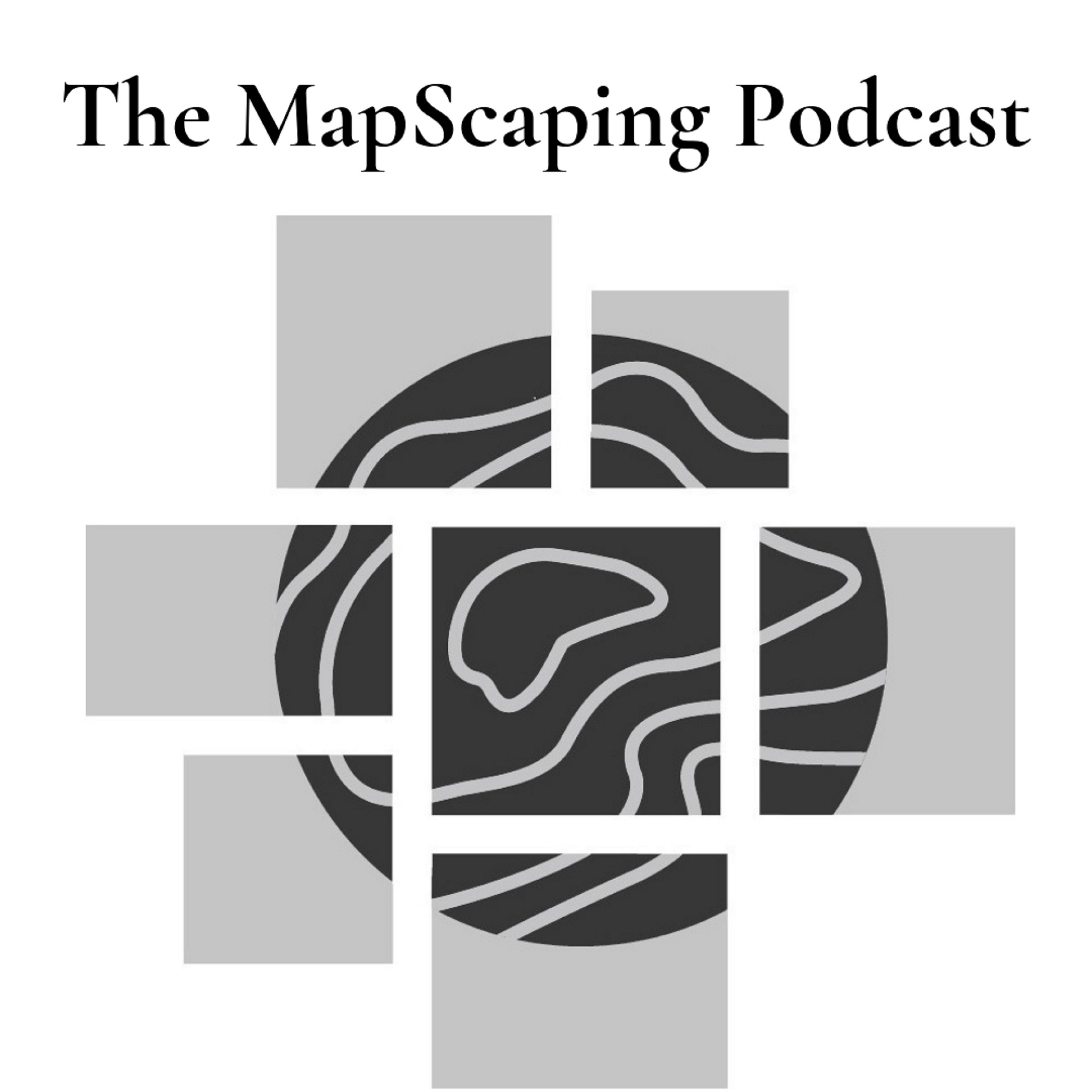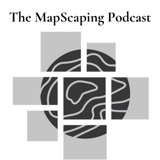
The MapScaping Podcast - GIS, Geospatial, Remote Sensing, earth observation and digital geography
MapScaping
Podcast
Episodes
Listen, download, subscribe
Free Software and Expensive Threats
• 34 minOpen-source software is often described as "free," a cornerstone of the modern digital world available for anyone to download, use, and modify. But this perception of "free" masks a growing and invisible cost—not one paid in dollars, but in the finite attention, time, and mounting pressure placed on the volunteer and community maintainers. This hidden tax is most acute when it comes to security. Jody from Geocat, a long-time contributor to the popular GeoServer project, pulled back the curtain on the immense strain that security vulnerabilities place on the open-source ecosystem. His experiences reveal critical lessons for anyone who builds, uses, or relies on open-source software.
The MapScaping Podcast - GIS, Geospatial, Remote Sensing, earth observation and digital geography RSS Feed

